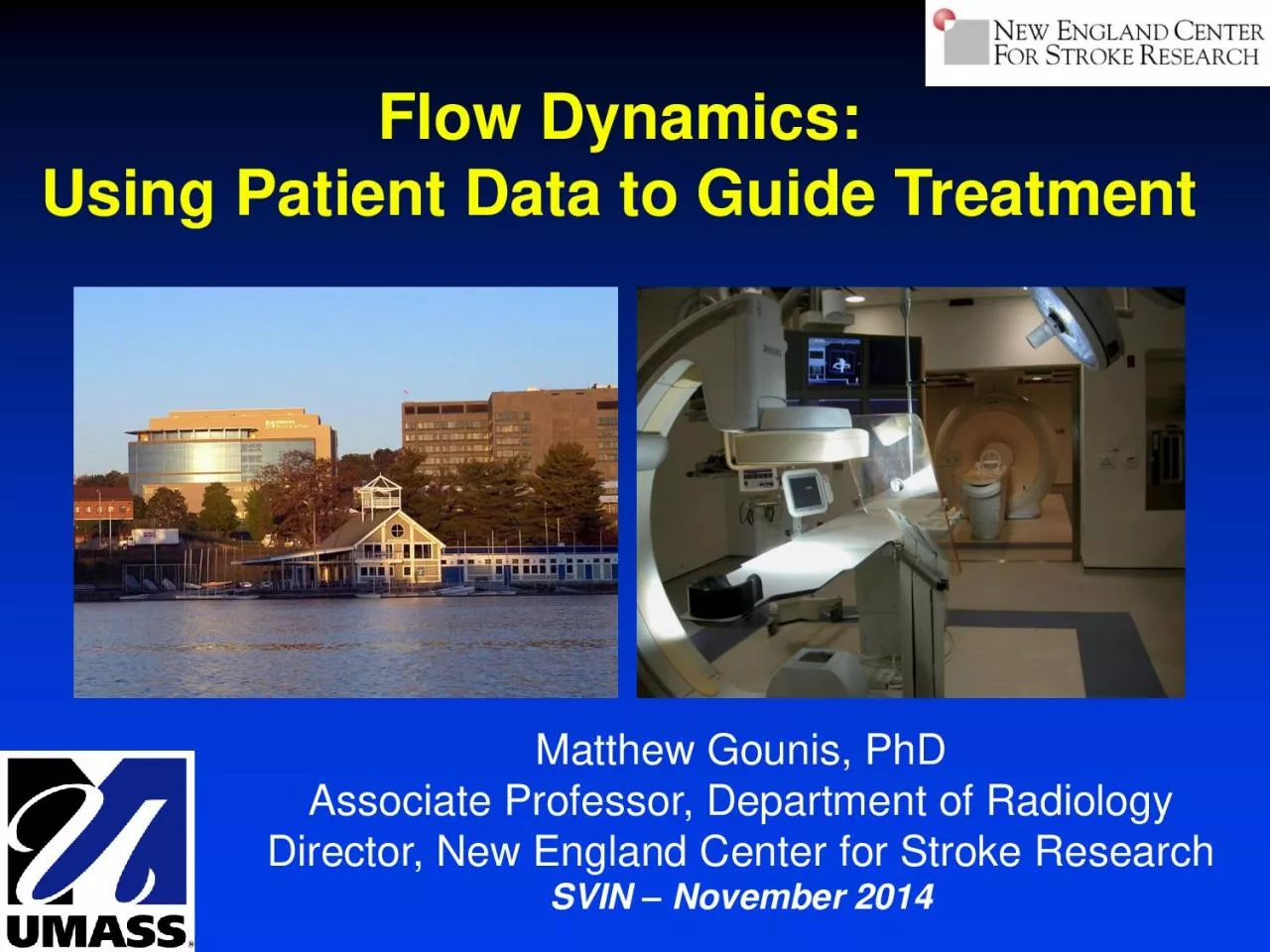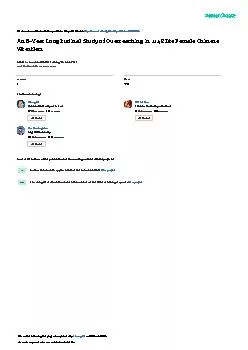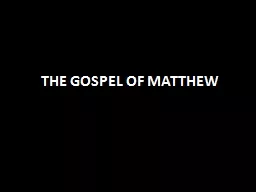PDF-Matthew Gounis PhD
Author : kimberly | Published Date : 2021-08-20
Associate Professor Department of RadiologyDirector New England Center for Stroke ResearchSVIN November 2014Flow Dynamics Using Patient Data to Guide TreatmentDisclosuresResearch
Presentation Embed Code
Download Presentation
Download Presentation The PPT/PDF document "Matthew Gounis PhD" is the property of its rightful owner. Permission is granted to download and print the materials on this website for personal, non-commercial use only, and to display it on your personal computer provided you do not modify the materials and that you retain all copyright notices contained in the materials. By downloading content from our website, you accept the terms of this agreement.
Matthew Gounis PhD: Transcript
Download Rules Of Document
"Matthew Gounis PhD"The content belongs to its owner. You may download and print it for personal use, without modification, and keep all copyright notices. By downloading, you agree to these terms.
Related Documents














